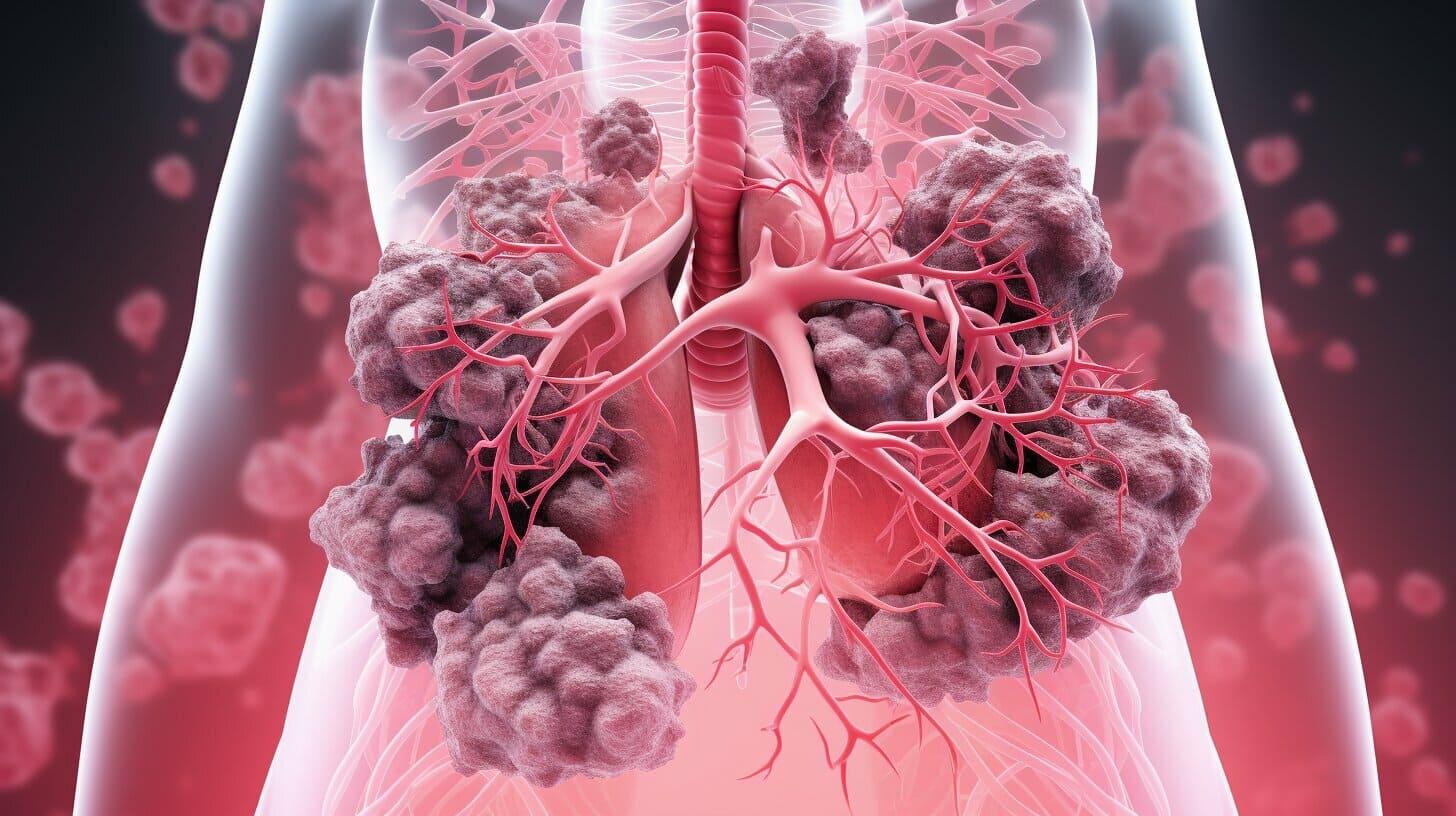KEY TAKEAWAYS
- The study aimed to assess the potential of ALI in pts with NSCLC prognosis by constructing a nomogram model.
- ALI and the nomogram model serve as reliable prognostic indicators and assist in individualized treatment for NSCLC.
Shixin Ma and the team determined the significance of the advanced lung cancer inflammation index (ALI) in patients (pts) with operable non-small-cell lung carcinoma (NSCLC). They constructed the nomogram model that offered valuable guidance for clinical practice.
Researchers selected a total of 899 pts diagnosed with NSCLC who underwent surgery at our hospital from January 2017 to June 2021 and evaluated the prognostic significance of the ALI, which was calculated using the formula body mass index (BMI) × serum albumin/neutrophil to lymphocyte ratio (NLR).
The receiver operating characteristic (ROC) curve was employed to obtain the optimal cutoff value of ALI while the Kaplan-Meier method was utilized for conducting survival analysis. OS was obtained by using a single-factor and stepwise regression multifactor analysis, employing the Cox proportional hazards model.
Results of multi-factor Cox proportional hazards regression analysis formed a firm basis to construct a nomogram model utilizing the R survival package. Internal validation of the nomogram model was conducted using the bootstrap method with 1,000 iterations. The prediction performance of the nomogram model was assessed using the concordance index (C-index), and its calibration was visually represented using calibration plots. The clinical utility of the nomogram model was further evaluated through decision curve analysis (DCA).
The optimal cut-off value of ALI was 70.06 while pts in the low ALI group (ALI < 70.06) exhibited significantly poorer survival outcomes. In multivariate analyses, tumor location, pathological stage, neuroaggression, and ALI-like factors were found to be independent predictors of operable NSCLC-specific survival.
From the above findings, the nomogram model was developed which demonstrated strong predictive accuracy, with a C-index of 0.928 (95% CI: 0.904-0.952) for OS and was internally validated by using the bootstrap method (B = 1000).
Excellent agreement between predicted and observed survival rates at 1-year, 2-year, and 3-year intervals was seen. ROC curves further highlighted the model’s predictive power, having area under the curve (AUC) values of 0.952 (95% CI: 0.925-0.979), 0.951 (95% CI: 0.916-0.985), and 0.939 (95% CI: 0.913-0.965) for 1-year, 2-year, and 3-year survival, respectively. DCA confirmed the clinical relevance and utility of the model in clinical relevance.
The study concluded that ALI serves as a reliable prognostic indicator in assessing pts with operable NSCLC, and its integration into a nomogram model enhanced the precision of personalized treatment and prognosis evaluation.
The study received no funds.
Source: https://pubmed.ncbi.nlm.nih.gov/38877553/
Ma S., Li Z. and Wang L. (2024). “The advanced lung cancer inflammation index (ALI) predicted the postoperative survival rate of patients with non-small cell lung cancer and the construction of a nomogram model.” World J Surg Oncol. 2024 Jun 14;22(1):158. doi: 10.1186/s12957-024-03432-3. PMID: 38877553; PMCID: PMC11177447.



